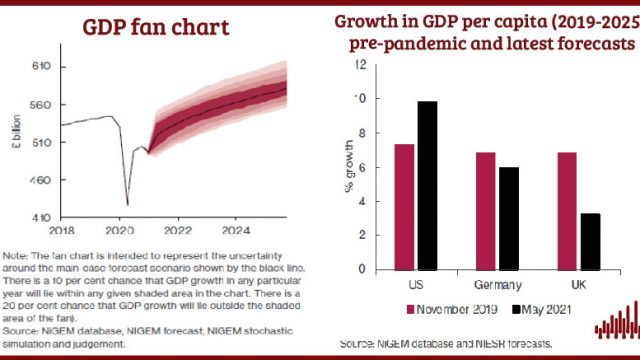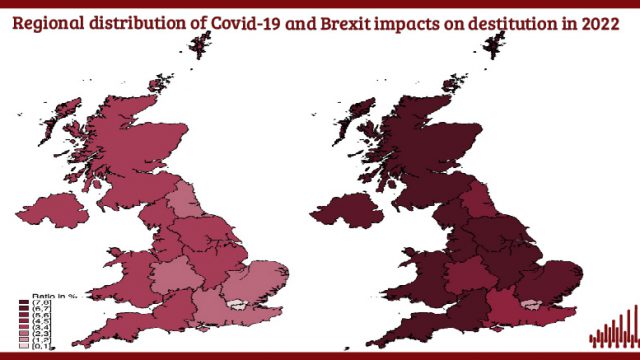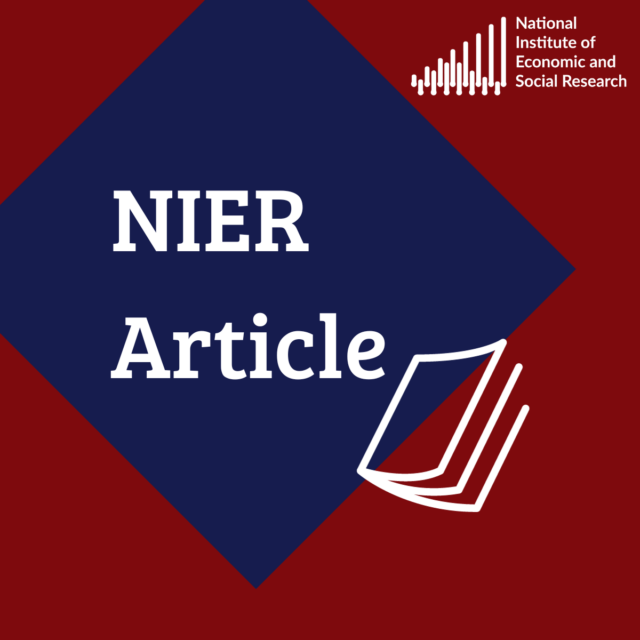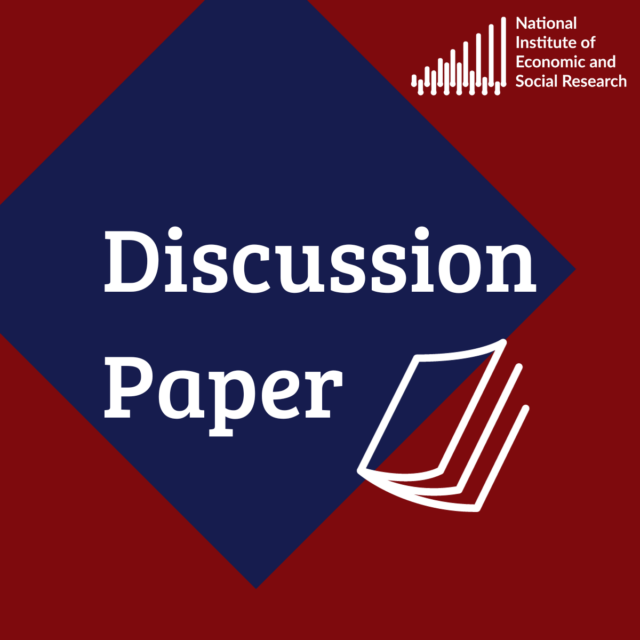NiReMS: A Regional Model at Household Level Combining Spatial Econometrics with Dynamic Microsimulation
Major shocks, such as the war in Ukraine, Brexit and Covid-19 have large and heterogenous distributional impacts upon individuals, households and regions. This requires regional modelling of individual and household level heterogeneities aligned to aggregate macroeconomic outcomes. National Institute Regional Modelling System (NiReMS) offers unique insights, under alternate policy and shock scenarios, by providing projections of distributional outcomes at the regional level.
 Pub. Date
Pub. Date
 Pub. Type
Pub. Type

Main points
- Major shocks like the war in Ukraine and Covid-19 are never the great leveller. Instead they disproportionately enhance the hardships faced by poor households and deprived regions.
- National Institute Regional Modelling System (NiReMS) provides estimates of distributional impacts, heterogenous across regions and households but aligned to aggregate macroeconomic outcomes. It does so by combining spatial regional modelling with dynamic microsimulation, taking NIESR's representative agent macroeconometric model NiGEM to a heterogeneous agent setting.
- NiReMS provides unique counterfactual analysis, under alternate policy and shock scenarios, by providing projections of distributional outcomes at the regional level. Findings, reported for example in NIESR's quarterly UK Economic Outlooks, highlight excellent impacts upon policy and public debate.
The heterogeneous spatial and individual impacts of the Great Recession, Brexit and Covid-19 have generated an important challenge for macroeconomic and regional/spatial modellers to consider greater integration of their approaches. Focusing on agent heterogeneity at the NUTS-1 level, we propose NiReMS – a synthesis of dynamic microsimulation with a spatial regional macroeconometric model. The model gives regional macroeconomic projections while allowing for household level inference.
To showcase the model, we explore the impact of terminating enhanced Universal Credit (UC) early and show that it led to more households consuming less. Importantly, the proposed framework shows that the impact is not equal across the regions of the UK: low asset households in the North East, Wales, and Northern Ireland were hit particularly hard. Enhanced understanding of asymmetric impacts upon individuals and households of the current cost of living crisis can be found in recent NIESR UK Economic Outlooks.





